Qt Font offers incredible versatility for cross-platform design, enabling consistent visual branding across various devices and operating systems. Its intelligent handling of font rendering ensures legibility and aesthetic appeal everywhere, making it a genius essential for modern development.
Ever found yourself wrestling with fonts on different devices? One moment your carefully chosen typeface looks perfect on your desktop, and the next, it’s a jumbled mess on a mobile screen or a different operating system. It’s a common frustration for designers and developers alike. Thankfully, there’s a smart solution that brings harmony to your typography, no matter where your users are viewing your work. We’re diving into the amazing versatility of Qt Font and how it can be your secret weapon for stunning, consistent design.
Understanding the Qt Font System

At its core, Qt is a powerful framework used for developing applications that run on multiple platforms. Think Windows, macOS, Linux, Android, iOS, and even embedded systems. When it comes to displaying text, Qt has its own sophisticated font rendering system. This system is designed to handle fonts in a way that ensures they look good and are readable, regardless of the underlying operating system or screen resolution.
What Makes Qt Font Rendering Special?
Unlike relying solely on the operating system’s built-in font handling, Qt’s system brings a layer of control and consistency. It’s about ensuring that your brand’s visual identity, communicated through typography, remains intact. This means that a specific Qt font, when used within a Qt application, will render much more predictably across different environments.
Key aspects that contribute to this versatility include:
- Cross-Platform Consistency: Qt’s ability to abstract the native font systems allows for virtually identical text rendering across different operating systems.
- High-Quality Rendering: It employs advanced algorithms for anti-aliasing and hinting, ensuring smooth and sharp text even at small sizes or on high-density displays.
- Font Fallback Mechanisms: If a specific character or glyph isn’t available in the chosen font, Qt has intelligent ways to substitute it from other available fonts, preserving readability.
- Integration with Designers’ Tools: Qt works seamlessly with standard font formats (like TrueType and OpenType) that designers are already familiar with.
The “Cross” in Qt Font for Cross-Platform Genius

The “cross” in “Qt Font for Cross” isn’t just about different operating systems. It’s about bridging the gap between design intent and final execution across a vast array of devices and user interfaces. This is where the real genius of Qt’s approach shines.
Bridging Design and Development
For graphic designers and branding specialists, consistency is king. A logo font, a website font, or an app’s interface font needs to convey the same message and aesthetic everywhere. When developing applications with Qt, designers can be more confident that their typographic choices will translate accurately.
For instance, if you’re designing a brand identity that uses a distinct handwritten script font for its logo, you might worry about how it will appear when rendered in an application menu or a user text field. Qt’s font engine aims to smooth over these inconsistencies, rendering the font as faithfully as possible.
Ensuring Readability Everywhere
One of the biggest challenges in cross-platform design is ensuring text remains readable. Different screen sizes, resolutions, and pixel densities can make text appear blurry, pixelated, or too small. Qt’s font rendering engine pays close attention to these factors:
- Hinting: This is a technique used in digital typography to make fonts look better on low-resolution displays. Qt’s system applies hinting intelligently to ensure characters maintain their shape and are clearly distinguishable.
- Anti-aliasing: Smooths out jagged edges of text on screen by blending the colors of pixels along the edges with the background color. Qt uses sophisticated anti-aliasing to give text a cleaner, more professional look.
- Support for High-DPI Displays: With the proliferation of Retina and other high-density displays, fonts need to scale beautifully. Qt’s system is built to take advantage of these high resolutions for crisp text.
Leveraging Qt Font Versatility: A Practical Guide

So, how do you harness this power? It’s less about complex configurations and more about understanding how Qt handles fonts and making informed choices.
1. Choosing the Right Fonts
While Qt provides the rendering engine, you still need to select fonts that are suitable for your project. Consider:
- Font Formats: Qt supports standard font formats like TrueType (.ttf) and OpenType (.otf). These are widely available and well-supported.
- Licensing: Always ensure you have the proper licenses for any font you use in a commercial application. Many foundries offer specific desktop, web, or app licenses. For more on font licensing, the U.S. Copyright Office offers foundational information on intellectual property rights.
- Legibility and Purpose: Choose fonts that fit your application’s style and, crucially, are legible for the intended user. A decorative font might work for a title, but a highly readable sans-serif is often best for body text.
2. Implementing Fonts in Qt Applications
In Qt development, fonts are managed through the `QFont` class. You can set font families, sizes, weights, and styles.
Here’s a simplified look at how you might set a font in Qt (using C++):
QFont myFont("Arial"); // Attempts to use the Arial font
myFont.setPointSize(12); // Sets the font size to 12 points
myFont.setBold(true); // Makes the text bold
myLabel->setFont(myFont); // Applies this font setting to a QLabel widget
The key here is that when `myLabel` is displayed on Windows, macOS, or Linux, Qt’s font system will ensure `Arial` (or a suitable fallback if Arial isn’t present) is rendered as consistently as possible.
Table: Font Properties You Can Control
Qt’s `QFont` class allows for fine-tuning various typographic properties:
| Property | Description | Example Usage (Qt C++) |
|---|---|---|
| Family | Specifies the font face (e.g., “Roboto”, “Times New Roman”). | font.setFamily("Roboto"); |
| Point Size | Sets the size of the font in points (1/72 of an inch). | font.setPointSize(16); |
| Pixel Size | Sets the size of the font in pixels, which can be more direct for UI elements. | font.setPixelSize(24); |
| Weight | Controls the boldness (e.g., Thin, Light, Normal, Bold, Black). | font.setWeight(QFont::Bold); |
| Style | Applies italics or oblique styles. | font.setStyle(QFont::StyleItalic); |
| Stretch | Adjusts the horizontal width of the font (condensed, expanded). | font.setStretch(75); // Condensed |
4. Utilizing Qt’s Style Sheets**
For even more control and easier styling, especially in web-like development paradigms, Qt supports style sheets, inspired by CSS. This is a powerful way to apply fonts and their properties globally or to specific widgets.
Example Qt Style Sheet:
QLabel {
font-family: "Open Sans";
font-size: 14px;
font-weight: normal;
color: #333333;
}
QPushButton {
font-family: "Lato";
font-size: 12px;
font-weight: bold;
color: white;
background-color: #0078D7;
border-radius: 4px;
}
This allows you to define a consistent typographic hierarchy and appearance across your application without touching individual widget code. The same rendering principles apply, ensuring your style sheet’s font choices look uniform everywhere Qt is deployed.
The Advantage for Branding and Marketing Professionals

For businesses and marketers focused on brand consistency, Qt Font’s versatility is a game-changer. Imagine:
- Consistent Brand Voice: The font used in your marketing materials should be the same font used in your client-facing application. Qt helps you achieve this.
- Professional Look and Feel: Sloppy typography can undermine a brand’s credibility. Qt’s rendering ensures a polished presentation.
- Easier Project Management: When developing for multiple platforms, not having to worry about font management on each individual OS saves significant time and resources.
Tools like Google Fonts offer a vast library of open-source fonts that are excellent candidates for use in Qt applications. Many of these are designed with extensive character sets and built for high legibility across various media.
Advanced Considerations & Best Practices
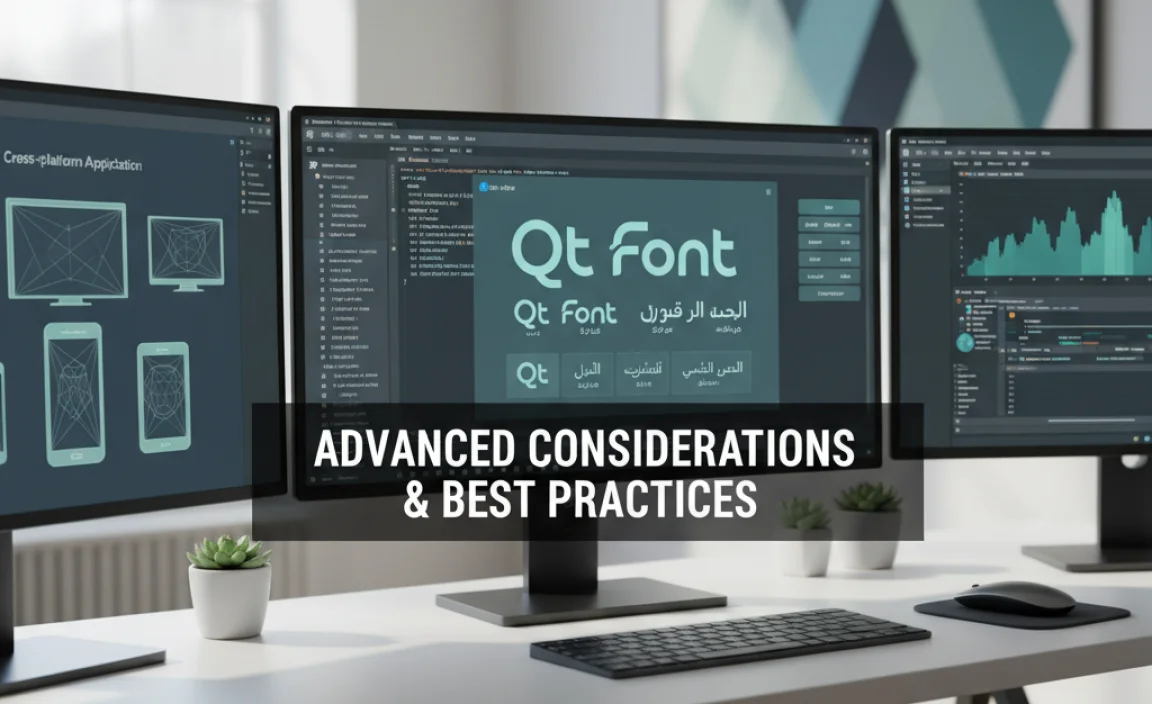
While Qt handles much of the heavy lifting, a few best practices can elevate your font implementation.
Font Fallback Strategies
What happens if your chosen font simply isn’t available on a user’s system? Qt has a built-in fallback system designed to pick a “similar” font, but for critical applications, you might want more control.
- Bundling Fonts: You can bundle font files directly with your Qt application. This guarantees the font will always be available. You can load custom fonts using `QFontDatabase::addApplicationFont()`.
- Defining Fallback Lists: For more complex scripts or specific character sets, you might define a prioritized list of fonts Qt should try to use. This ensures that even if your primary font is missing, a suitable, well-rendered alternative is chosen.
Working with Different Scripts (Internationalization)
If your application targets a global audience, you’ll be dealing with diverse character sets and writing systems. Qt’s font system is designed to support Unicode, which is essential for internationalization (i18n) and localization (l10n).
When selecting fonts for international use, look for those that:
- Support a broad range of Unicode characters.
- Are designed with global aesthetics in mind, avoiding overly nationalistic or culturally specific styles unless intended.
- Are tested for legibility in various languages. For example, the Unicode Consortium maintains standards for character encoding that Qt adheres to.
Performance and Font Loading
While Qt is efficient, loading many large font files can impact application startup time and memory usage.
- Font Subsetting: For custom fonts, consider using font subsetting tools to include only the characters your application actually needs. Professional font designers often use tools that allow for this flexibility.
- Font Formats: Web Open Font Format (WOFF and WOFF2) are optimized for web use, but for desktop applications, TrueType and OpenType are generally robust.
FAQ: Your Qt Font Questions Answered
What is the main advantage of using Qt Font for cross-platform development?
The main advantage is consistent, high-quality text rendering across different operating systems (Windows, macOS, Linux, etc.) and devices, ensuring your application’s look and feel remains uniform and professional.
Do I need to buy special fonts for Qt applications?
Not necessarily. Qt works with standard font formats like TrueType (.ttf) and OpenType (.otf). You need to ensure you have the correct licenses, as you would for any design project. Many free and open-source fonts (like those from Google Fonts) are great options.
How does Qt handle fonts that are not installed on a user’s system?
Qt has an intelligent font fallback mechanism. If a specific font isn’t found, it will attempt to use a similar font installed on the system to ensure text is still displayed and readable. You can also bundle fonts with your application for guaranteed availability.
Can I use custom fonts in my Qt application?
Yes, you can. You can load custom font files (like .ttf or .otf) directly into your Qt application using `QFontDatabase`, ensuring your unique brand typography appears exactly as intended everywhere.
Is Qt Font rendering different on mobile (Android/iOS) compared to desktop?
Qt aims for consistency. While the underlying OS font rendering might differ subtly, Qt’s engine works to present the font reliably. However, due to different screen technologies and touch interactions, it’s always best to test your application on target mobile devices.
How do style sheets in Qt affect font rendering?
Qt style sheets (similar to CSS) allow you to apply font families, sizes, weights, and colors. Qt’s engine then renders these styles consistently across platforms. It’s a powerful way to manage typography declarations.
What is font hinting and why is it important?
Font hinting refers to instructions embedded within a font file to help it render cleanly and legibly on screens, especially at smaller sizes or lower resolutions. Qt’s system applies hinting automatically to improve text sharpness and readability.
Conclusion
The versatility of Qt Font for cross-platform development is undeniable. It’s the unsung hero that bridges the gap between creative design vision and consistent, professional user experience across a diverse technological landscape. By understanding its capabilities and following best practices for font selection and implementation, developers, designers, and business owners can achieve typographic harmony.
Whether you’re crafting a mobile app, a desktop program, or an embedded system interface, Qt’s robust font rendering ensures your text is not just seen, but read clearly and beautifully, reinforcing your brand’s identity every step of the way. Embrace the power of Qt Font, and let your words make a consistent, impactful statement everywhere.
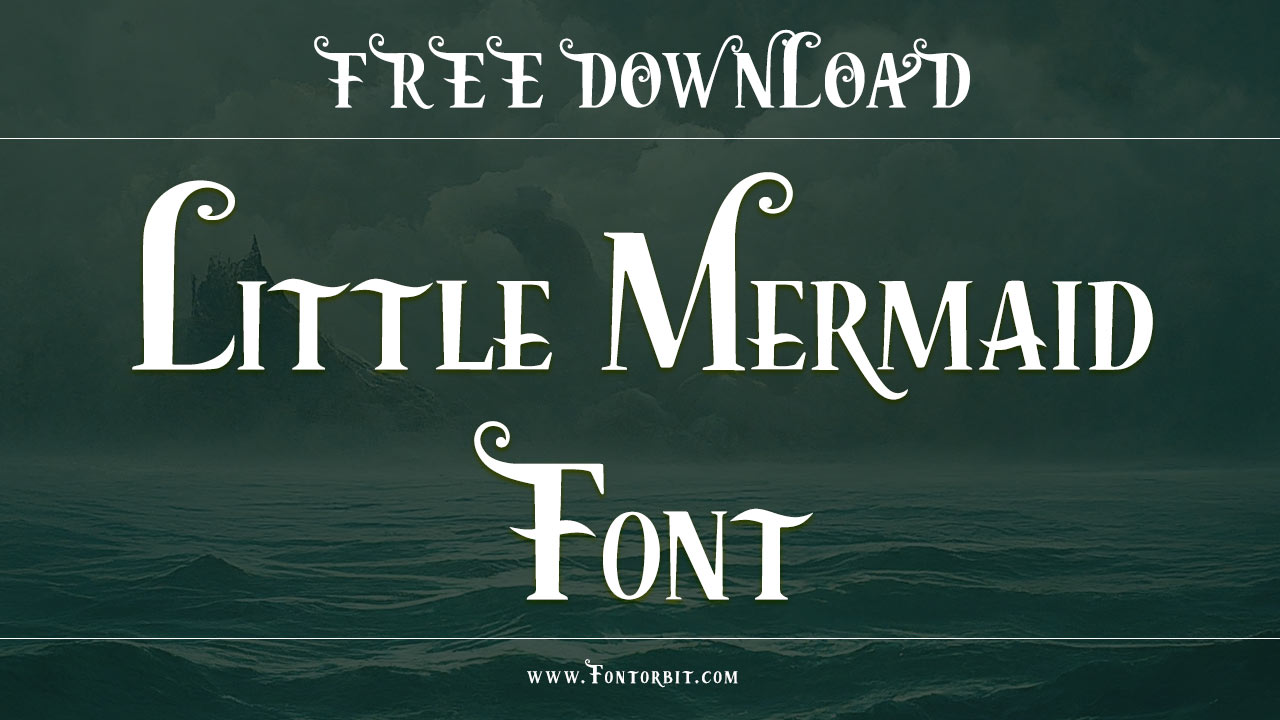

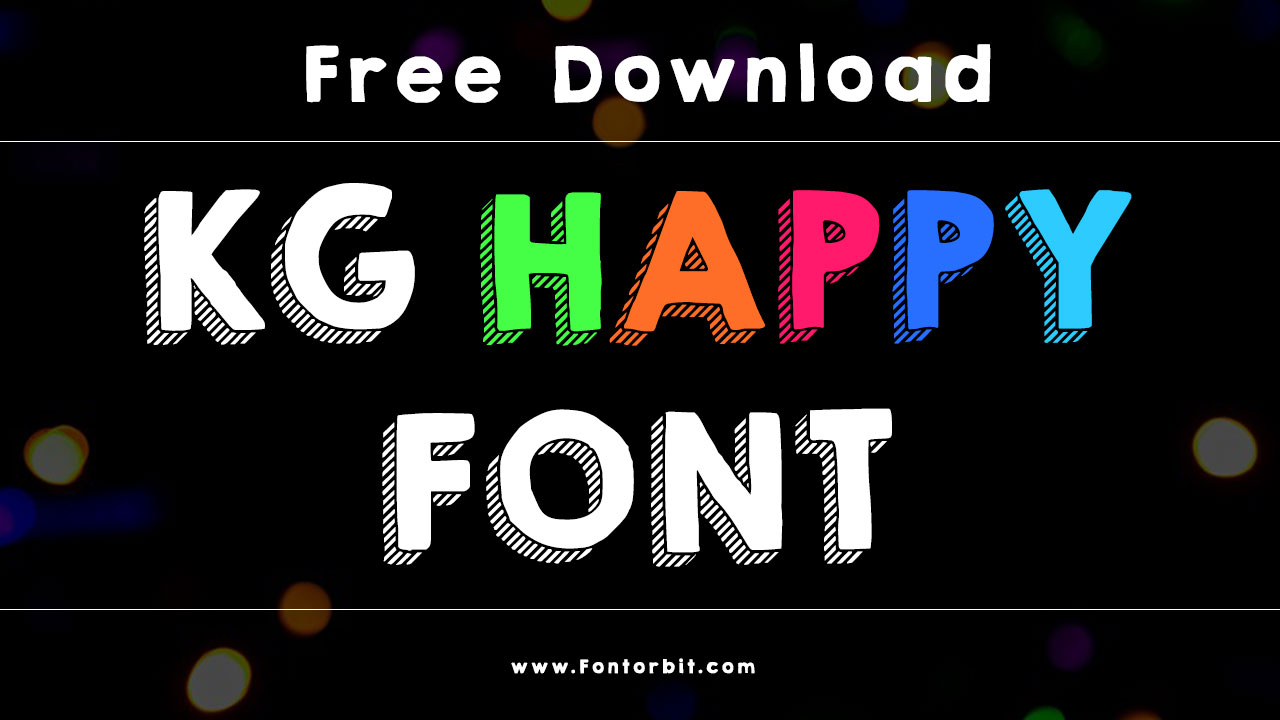

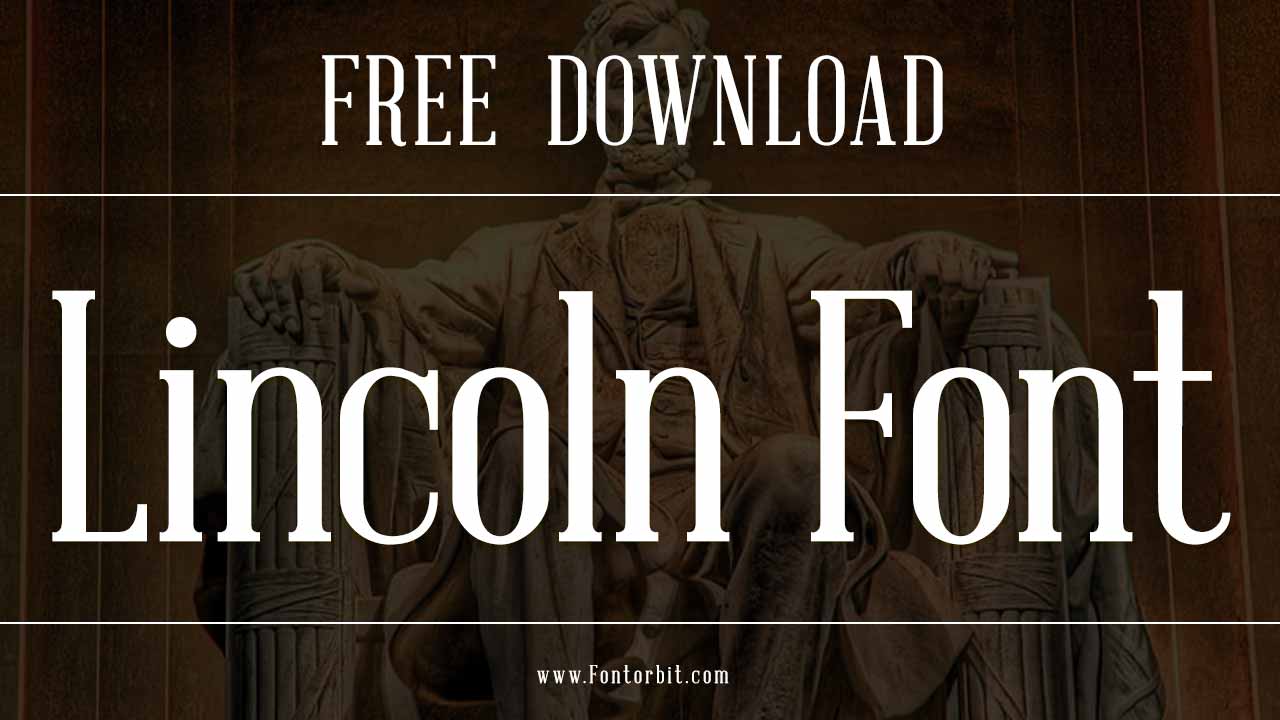


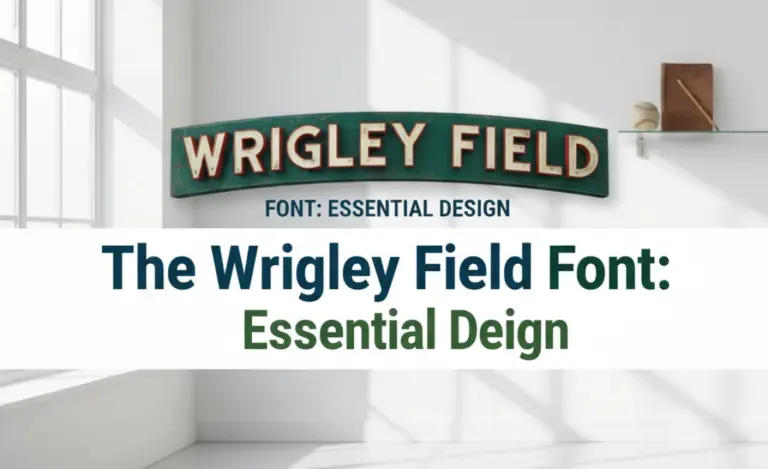






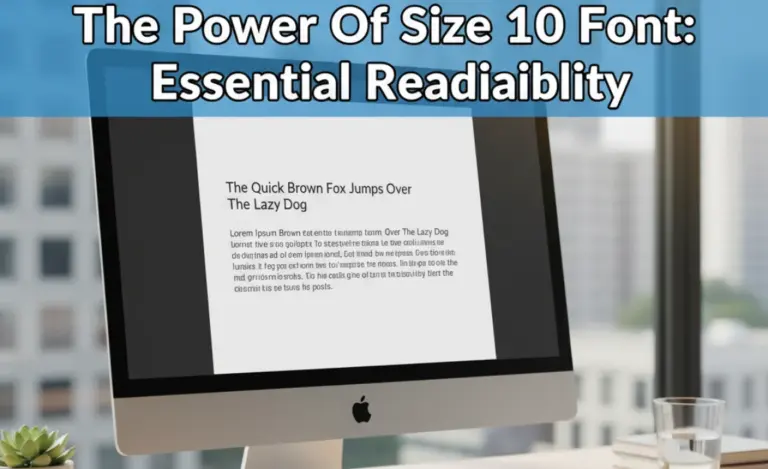
Leave a Comment